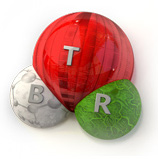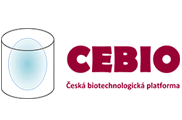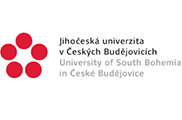New Way to Assess Risk from Chemicals
Date: 6.1.2012
To assess human health risks from exposure to harmful substances, James Englehardt, professor in the College of Engineering at the University of Miami, is proposing a new technique that is more efficient than current methods.
The new model reduces the data requirements 21-fold from previous models, and can predict the likelihood of illness not just from exposure to individual substances, but also from chemical mixtures. The findings are published online in advance of print, by the journal of Risk Analysis.
"The method we are proposing could be applied, for example, to drinking water containing chemical byproducts of chlorine disinfection; well water contaminated with chemicals spilled or released to the subsurface; polluted indoor or outdoor air; or food contaminated with pesticides or other chemicals," says Englehardt, principal investigator of this project.






















